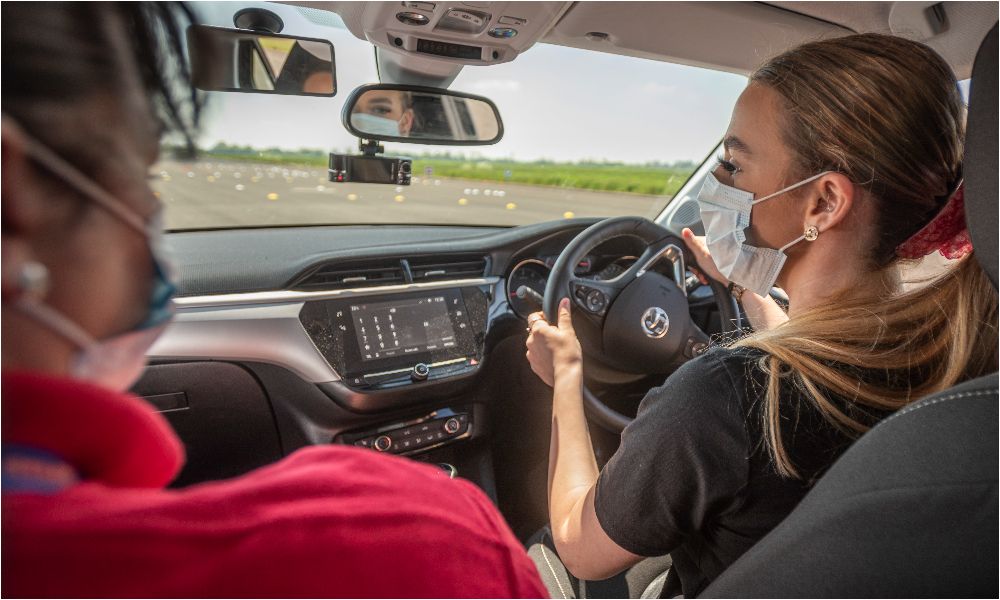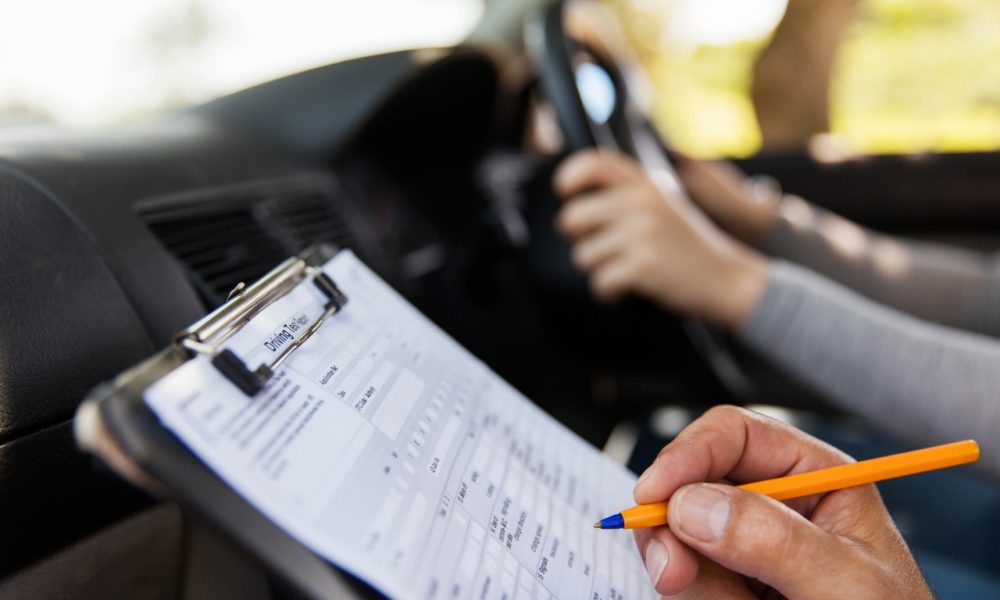Taking your driving test can feel intimidating, but understanding what evaluators are looking for can help ease your nerves. Drive test scoring involves several critical factors that determine whether you pass or fail. Evaluators are trained to assess not only your ability to operate the vehicle but also how well you adhere to traffic laws, your awareness of your surroundings, and your overall road safety.
In this article, we will break down the most important aspects of drive test scoring, helping you to understand what evaluators look for and how you can prepare to pass confidently.
Vehicle Control and Handling
One of the most fundamental components of the driving test is how well you handle the vehicle. Evaluators look for smooth, controlled movements that demonstrate you are in full command of the car.
Key points to focus on:
- Steering control: You should be able to maintain smooth, precise control of the steering wheel. Oversteering or understeering can indicate a lack of control and result in lost points.
- Braking and acceleration: You must accelerate smoothly and brake in a controlled manner without jerking or abrupt stops. Evaluators pay close attention to whether you are able to stop safely and smoothly at stop signs, intersections, and traffic lights.
- Speed management: Driving at the appropriate speed for the given road conditions is critical. Exceeding the speed limit or driving too slowly can both lead to a reduction in your score.
Observational Skills and Awareness
Your ability to observe the road and anticipate potential hazards is a major part of drive test scoring. Evaluators expect you to constantly check your mirrors, monitor other vehicles, and stay alert to your surroundings.
What evaluators look for:
- Mirror usage: Regularly check your rearview and side mirrors to show that you are aware of what’s happening around your vehicle. Failing to check mirrors before changing lanes or turning is a common mistake that can lead to penalties.
- Blind spot checks: Before any lane change or merging into traffic, always check your blind spots. This is a critical part of road safety, and evaluators will mark down if you skip this step.
- Awareness of pedestrians and cyclists: Keep an eye out for pedestrians and cyclists, especially at intersections and crosswalks. Failing to yield or not noticing them can lead to significant scoring deductions.
Adherence to Traffic Laws
Compliance with traffic laws is a major part of the driving test. Breaking even minor traffic rules can result in point deductions or, in severe cases, automatic failure.
Key areas to comply with:
- Stopping at stop signs: Come to a full stop at all stop signs. Rolling stops are one of the most common reasons for losing points during a driving test.
- Following traffic signals: Pay attention to all traffic lights and signals. Make sure you come to a complete stop at red lights and only proceed when it is safe and legal to do so.
- Right-of-way rules: Understand and follow right-of-way rules, especially at intersections, roundabouts, and pedestrian crossings. Failure to yield can be a serious infraction.
Maneuvering and Parking
Evaluators assess your ability to execute common driving maneuvers such as turning, parking, and changing lanes safely and correctly. These are essential for navigating day-to-day driving situations.
Maneuvers to practice:
- Turning: Make sure your turns are smooth and controlled. Use your turn signals appropriately, and take turns at a safe speed without cutting corners or drifting into other lanes.
- Parking: Parking is a significant part of the test, whether it’s parallel parking, reverse parking, or angle parking. Practice parking in a variety of conditions to build your confidence.
- Three-point turns: This maneuver is often part of the driving test and requires proper use of signals, checking for traffic, and precise vehicle control.
Communication and Safety Signals
Clear communication with other drivers and pedestrians is an essential component of safe driving. Evaluators pay attention to your use of turn signals, hand signals (if applicable), and eye contact to ensure you’re conveying your intentions on the road.
What to remember:
- Use turn signals properly: Always use your turn signals before turning, merging, or changing lanes. This helps to inform other drivers of your intentions and avoids confusion or accidents.
- Brake lights and hand signals: Make sure your brake lights are functioning properly, and if you’re driving an older vehicle or a bike, use hand signals to communicate stops or turns.
- Eye contact with pedestrians: When at crosswalks or intersections, make brief eye contact with pedestrians to show that you acknowledge their presence and will give them the right of way.
Conclusion
Understanding what evaluators look for during a driving test can help you prepare effectively and boost your chances of passing. From maintaining vehicle control to observing the road and following traffic laws, each aspect of the test is designed to assess your readiness for safe driving. By practicing regularly, staying aware of your surroundings, and adhering to the rules of the road, you’ll be well-equipped to pass your driving test with confidence.











